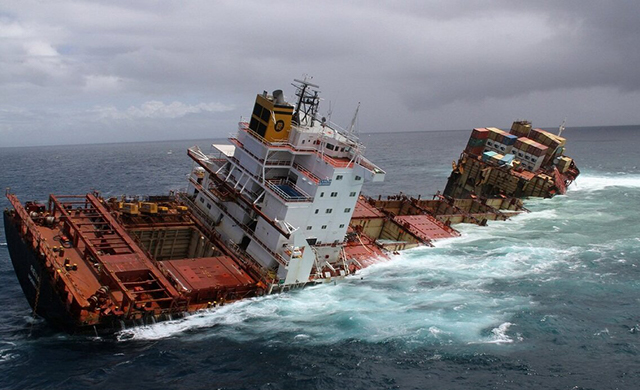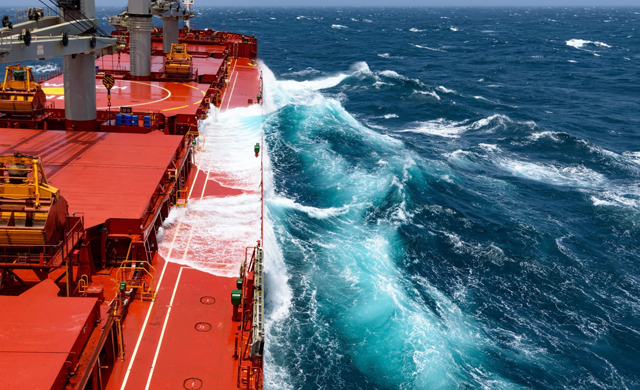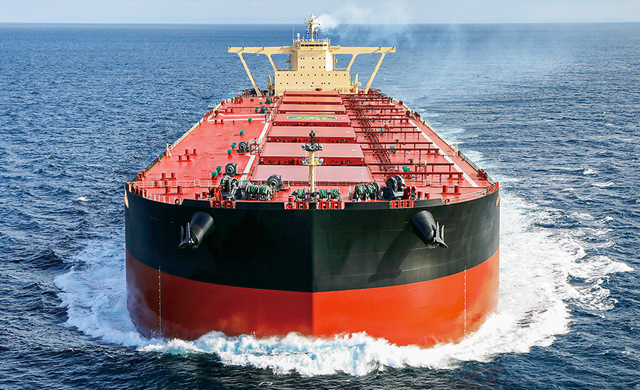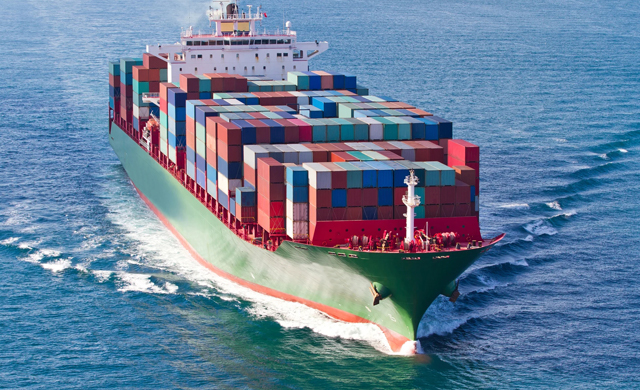marine-anemometer-types
Anemometers commonly used on ships are generally divided into the following types:
Mechanical anemometer: uses the dynamic effect of wind to rotate parts such as wind cups or propellers, and measures the rotation speed through the transmission device to calculate the wind speed. This type of anemometer has a simple structure and is easy to install and maintain, but it is greatly affected by wind direction, has low accuracy, and is easily affected by mechanical wear and pollution.
Pressure anemometer: Uses the pressure effect of wind to measure the pressure difference caused by the wind on a fixed object or an open pipe to calculate the wind speed. This anemometer is not affected by wind direction and has high accuracy, but it requires calibration and correction and is easily affected by temperature and humidity.
Thermal anemometer: uses the convection effect of wind to measure the heat dissipation rate of heated objects or resistance wires to calculate wind speed. This anemometer is not affected by wind direction and has fast response speed. It is suitable for measuring small wind speed and turbulence. However, it requires power supply and is easily affected by temperature and humidity.
Pitot tube anemometer: Uses the pressure effect of the wind to generate the difference between dynamic pressure and static pressure, and calculates the speed of the wind by measuring the pressure difference. The advantages of the pitot tube anemometer are that it has a simple principle, is suitable for high-speed and turbulent flow measurements, and is resistant to high temperatures and corrosion. However, its disadvantages are that it needs to be used in conjunction with a pressure gauge or differential pressure gauge, cannot measure the direction of the wind, and is easily affected by the angle of the airflow. .
Ultrasonic anemometer: Uses the Doppler effect of wind to affect the propagation time and frequency of sound waves, and calculates the speed and direction of the wind by measuring the time difference or frequency difference of sound waves. The advantages of ultrasonic anemometers are high accuracy, fast response, no moving parts, no need for maintenance and calibration, and the ability to measure the three-dimensional components of the wind at the same time. However, the disadvantages are higher price, vulnerability to rain, snow and dust, and the need for professional installation and debug.
For more information about anemometer,welcome to info hzhmarine com /+86 13360560504 Contact HZH MARINE GROUP






































